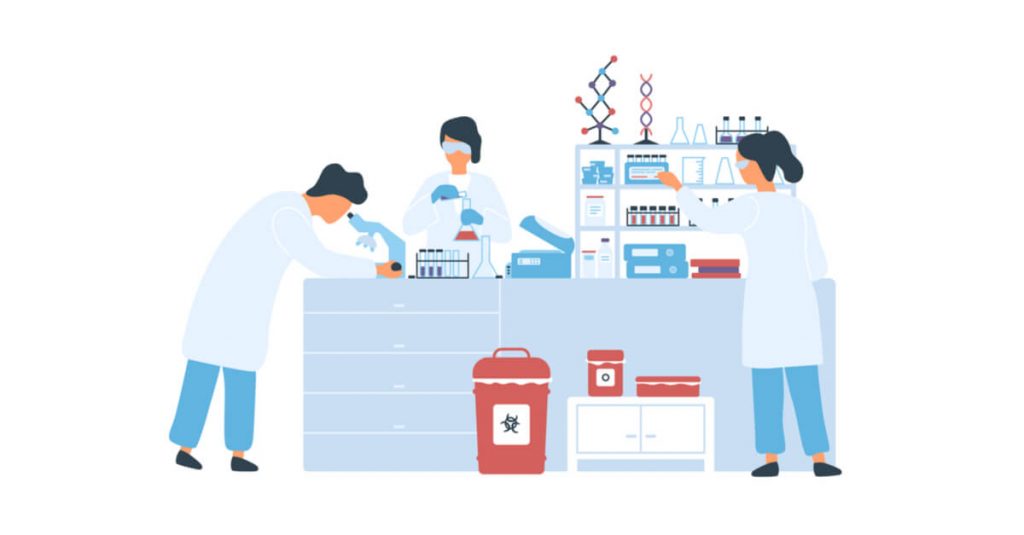Extraordinary Scientific Sensations of 2020

? Archeological findings in the Gobi Desert in Mongolia, in June 2020 have revealed two species of dinosaurs with soft-shell eggs. Previously scientists thought that dinosaurs had only hard-shell eggs – an evolutionary invention that allowed many animals to flourish. However, it appears that the switch to hard-shell construction has happened at a switch of several early dinosaur generations.
? In a remote cave in Zacatecas in Mexico, archeologists uncovered artifacts and stone tools as old as 32,000 years. This evidence cancels the theory that early humans have arrived in America by crossing the narrow land stripe between Siberia and North America during the latest Ice Age between 13,000 and 18,000 years ago. The argument is that 32,000 years back, at the peak of the Ice Age, that land bridge was essentially impassable.
? The recent scientific evidence shows that the two greatest Antarctic glaciers, Thwaites and Pile Island, are melting and collapsing much faster than previously thought. These two monsters are already responsible for 5% of the overall rise of sea level, however, with the shocking satellite imagery discovery, their contribution might become even greater in a short while. Eventually, that would lead to huge coastal areas going under the sea – the Netherlands, parts of New York City, California, and others.
? Super-enzymes have been engineered by scientists in 2020 that could break down a common type of plastic contained in bottles and other packages in mere days. World oceans and seas are heavily polluted with millions of tons of plastic waste threatening local ecosystems and killing wildlife. Finally, this process can be reversed if only the scientists could find ways to deploy the lab-grown super-enzymes to start “eating” the plastic waste worldwide.
? SpaceX, founded by Elon Musk, launched the first in history commercial spaceflight, delivering two NASA’s astronauts to orbit in a reusable spacecraft – Crew Dragon. The mission’s goal was to show the abilities of the new spacecraft to deliver people to the International Space Station (ISS). It marched the success of commercial space exploration and restored the US’s ability to send astronauts to space by its own means (without Russian support). The two astronauts, Bob Behnken and Doug Hurley spent two months on the ISS and safely returned home. The flight happened on May 31st, while on November 15 SpaceX did it again – this time successfully delivering four astronauts to the ISS.
? NASA’s lander on Mars, named InSight, has detected numerous quakes, which resemble the ones on Earth. Scientists also concluded that the Martian crust must be much drier and harder than previously thought and to a degree, it is similar to the crust on the Moon – dry and heavily cracked by impacts from asteroids.
? To investigate Mars further, in July NASA has sent the next-generation rover, Perseverance, to explore Mars. The spaceship carrying it is expected to arrive at Mars in February 2021. The rover is equipped with more sophisticated and technologically advanced soil drilling tools and even carries a helicopter onboard. The task of the latter is to scout ahead of the rover to find the best sand-traps-free route (several of the previous rovers have been suffering a lot from sand traps and sand storms).
? On the International Space Station, scientists managed to create a fifth state of matter – the so-called Bose-Einstein condensates (BECs). These are atoms chilled to temperatures lower than anything else found in the universe. Atoms at such a low temperature let scientists better examine the sub-atomic quantum world particles smaller than electrons and protons. Though on Earth the same state of matter was already achieved some 25 years ago, the powerful gravitational force does not allow for accurate observation.
? Meanwhile, on Earth, in California near Berkeley, a special next-generation cryogenic refrigerator was capable of cooling the qubit to .003 Kelvin and holding it in a superposition. Similar to bits in conventional computers, qubits or quantum bits, are the building blocks of a much more powerful quantum supercomputer. Currently, the quantum computer, which belongs to Rigetti Computing, consists of 32 qubits. However, at mere 80 qubits, its computational capacity would go beyond our imagination: if all the atoms in the universe were able to store a bit of information, they still won’t beat the power of the 80-qubits quantum computer here on Earth.






